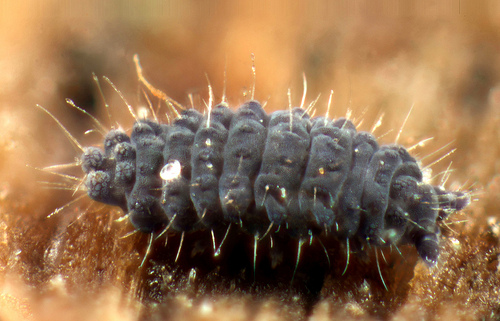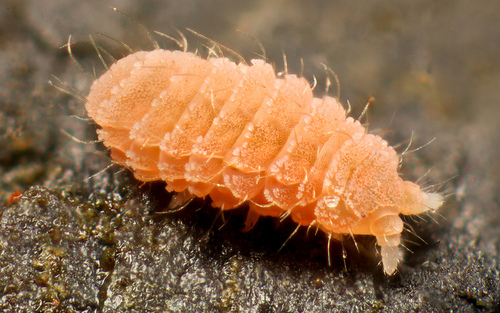Help with Nematodes

Gardening Question from Christine:
I’ve been fighting nematodes for some time, and discovered by accident last summer that the French marigold eliminated them in one of my beds. I decided this fall to plant them in my vegetable beds which do have nematodes in them, so I seeded thickly, then started planting vegetable seedlings among the marigold seedlings. I was then excited to see your mention in the blog that your daughter had tried the same with good results. My question is how close to each veg plant should I allow the marigolds to continue growing, and for how long, as I often read that weeds should not be allowed to remain and deprive the vegetable plants of water and nutrients.

Photo by andybadger 
Answer from Pat:
In the ground, always use the spacing on the seed package. In raised beds one can often crowd plants more and still get good results due to more careful watering and fertilizing. Also, plants in full sun in raised beds may get more sun unless tall crops are combined with short crops or not placed to the north of them. (i.e.: A tall crop such as peas can be grown on a trellis on the north end of a raised bed without shading shorter plants growing in the south end of the same raised bed.)
Photo by andybadger 


Location, central South Carolina, zone 8.Highly composted soil high in NPK & other nutrients according to soil test from Clemson U. 10 beds 4′ x 30′ but main crop in Summer is tomatoes.Each bed only holds 8 plants and adequate crop rotation is a problem. Constantly r not nematodes in all beds. Evaluation and use of shrimp, crab shells [chitin] and or Monterey Nematode Control.
Many people have limited space and thus cannot rotate crops. Yes, shrimp crab shells should help prevent build-up of pests by adding chitin and chitinase. In fact this might be even more effective than earthworm castings. Diseases might also be a problem. I do not recommend grafted tomatoes, but see the advice I have given elsewhere about layering compost, organic fertilizer, chicken manure, cow manure, and earthworm castings on top of the ground plus earthworm castings or in your case shrimp crab shells.
The problem with grafted tomatoes is that one cannot plant them deeply enough to allow the plants the large and deep roots most beneficial to tomatoes. Deep but infrequent watering is also best. Drip irrigation is not good for tomatoes.